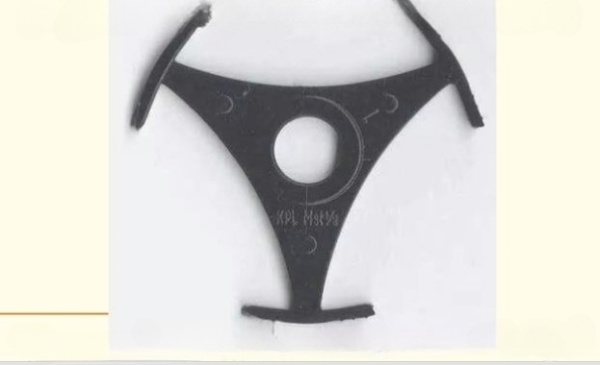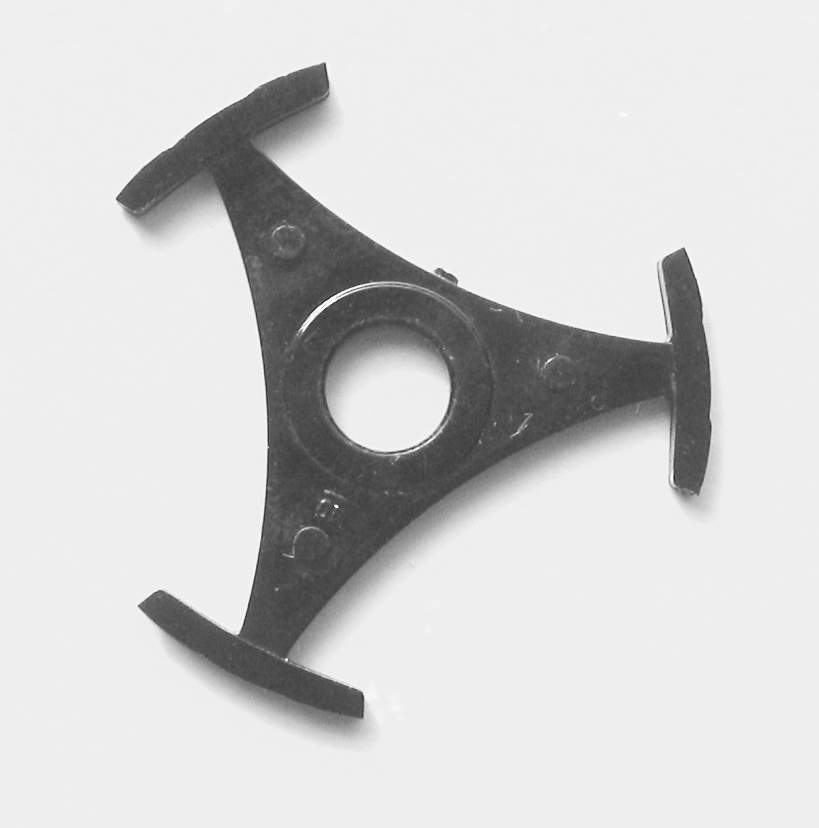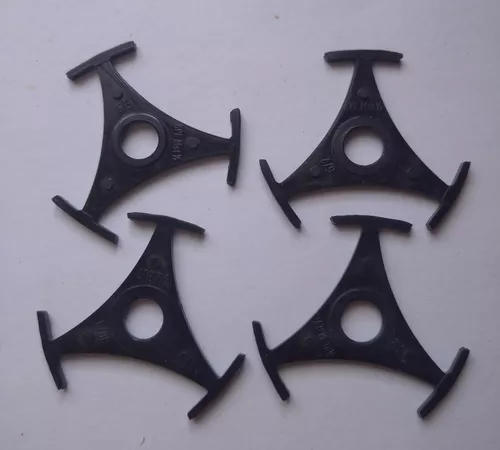The 45 rpm record adapter—often referred to as a 45 adapter, spider, or spindle insert—might seem like a small, inconspicuous accessory. Yet this tiny piece of plastic or metal revolutionized the way we listen to music, playing a pivotal role in the golden age of vinyl records. For audiophiles and casual listeners alike, the 45 adapter became a bridge between innovation and accessibility, forever cementing its place in music history.

What Is a 45 RPM Record Adapter?
The 45 rpm record adapter is a simple device designed to fit into the larger center hole of a 45 rpm record. It allows the record to be played on turntables with standard-sized spindles, ensuring smooth and stable playback. Without this ingenious tool, 7-inch singles would wobble or be completely unplayable on most turntables.
Adapters came in two primary forms:
- Snap-In Adapters: Small, circular inserts that fit snugly into the record’s center hole.
- Larger Spindle Adapters: These fit over the entire spindle, enabling multiple 45s to be stacked for sequential play.
Both designs ensured that the 45 rpm format could be seamlessly enjoyed on various turntable models, turning it into an accessible option for music lovers worldwide.
A Brief History of the 45 RPM Adapter
The story of the 45 rpm adapter is as fascinating as it is innovative. Its evolution reflects the rapidly changing music industry during the mid-20th century.
The Birth of 45 RPM Records
In the late 1940s, RCA Victor introduced the 45 rpm record format as a competitor to Columbia Records’ 33 1/3 rpm LPs. While LPs were ideal for albums, 45s were designed for singles, featuring shorter playtimes but offering unparalleled portability.
Early Adapters: From Zinc to Innovation
The first 45 adapters, introduced by Webcor and Fidelitone, were made of zinc. While durable, they were cumbersome to use and often damaged the records during insertion or removal. These early designs left much to be desired in terms of user-friendliness.
Capitol Records and the “Optional Center”
In response to usability issues, Capitol Records introduced the “Optional Center” (O.C. 45). This innovative feature allowed users to punch out a triangular or circular section in the record’s center to fit various spindle sizes. While practical, it didn’t gain widespread adoption.
RCA’s Game-Changing Spider Adapter
RCA Victor revolutionized the market with the introduction of the plastic snap-in adapter, affectionately known as the “spider.” Lightweight, easy to use, and reusable, this adapter became the standard for playing 45s on turntables with smaller spindles. Its practicality and universal appeal quickly made it a favorite among listeners.

The Cultural Impact of the 45 Adapter
Beyond its functional value, the 45 adapter became a cultural icon. Its influence extended beyond technology, shaping how people interacted with music.
1. Bridging the Gap Between Formats
The adapter democratized the 45 rpm format, making it compatible with a wide range of turntables. Whether you were a fan of rock ‘n’ roll, Motown, or country, the adapter ensured you could enjoy your favorite singles without technical limitations.
2. Fostering Innovation
Each record company sought to improve the design of adapters, leading to a variety of innovative solutions. From snap-in spiders to colorful variations, the competitive drive of the vinyl industry fueled creativity.
3. Adding Personality to Music Collections
Adapters became more than functional tools—they became personal statements. Available in a variety of colors and shapes, they added flair to record collections. Bright yellow, vibrant red, and even translucent designs became staples for vinyl enthusiasts, making these small accessories part of the aesthetic appeal of the format.
How 45 Adapters Enhanced the Listening Experience
The versatility of the 45 adapter extended to its use with automatic record changers. These changers allowed users to stack multiple 45s, which played sequentially without manual intervention—an early precursor to modern playlists.
1. Seamless Stacking
Larger spindle adapters were designed for stacking records, particularly in jukeboxes and home systems. By securely locking records in place, they ensured smooth transitions between songs.
2. Effortless Playlists
For the first time, listeners could enjoy an uninterrupted listening experience, a feature that was particularly popular during parties or casual gatherings.

Challenges and Limitations of the 45 Adapter
While the 45 rpm adapter was undeniably revolutionary, it wasn’t without its flaws:
- Compatibility Issues: Some adapters didn’t fit perfectly with all records, leading to playback issues like wobbling.
- Durability Concerns: Plastic adapters were prone to wear and tear, while metal versions could damage records if mishandled.
- Lack of Standardization: The market was flooded with various designs, leading to compatibility problems between different adapters and records.
Despite these challenges, the adapter remained an essential accessory for vinyl enthusiasts.
The Legacy of the 45 RPM Adapter
As vinyl records have enjoyed a resurgence in recent years, the 45 adapter has once again found its place in music culture. Modern turntables often come equipped with built-in solutions for playing 45s, but vintage adapters are still sought after by collectors for their nostalgic value.
For many, the act of snapping in an adapter and setting the needle on a spinning 45 is a ritual—a tangible connection to the golden age of music. It’s a reminder of a time when listening to music was a tactile experience, engaging both the hands and the heart.
Conclusion: A Small Tool with a Monumental Impact
The 45 rpm adapter might be a tiny piece of hardware, but its impact on the music industry is immeasurable. By bridging technological gaps, fostering innovation, and adding personality to vinyl collections, this unassuming invention became a cornerstone of vinyl culture.
As you dust off your record player and spin a 45, take a moment to appreciate the ingenuity of the adapter. It’s more than just a piece of plastic or metal—it’s a symbol of music’s power to connect, innovate, and endure. Whether you’re a collector or a casual listener, the 45 adapter is a testament to how even the smallest inventions can leave a lasting mark on history.


